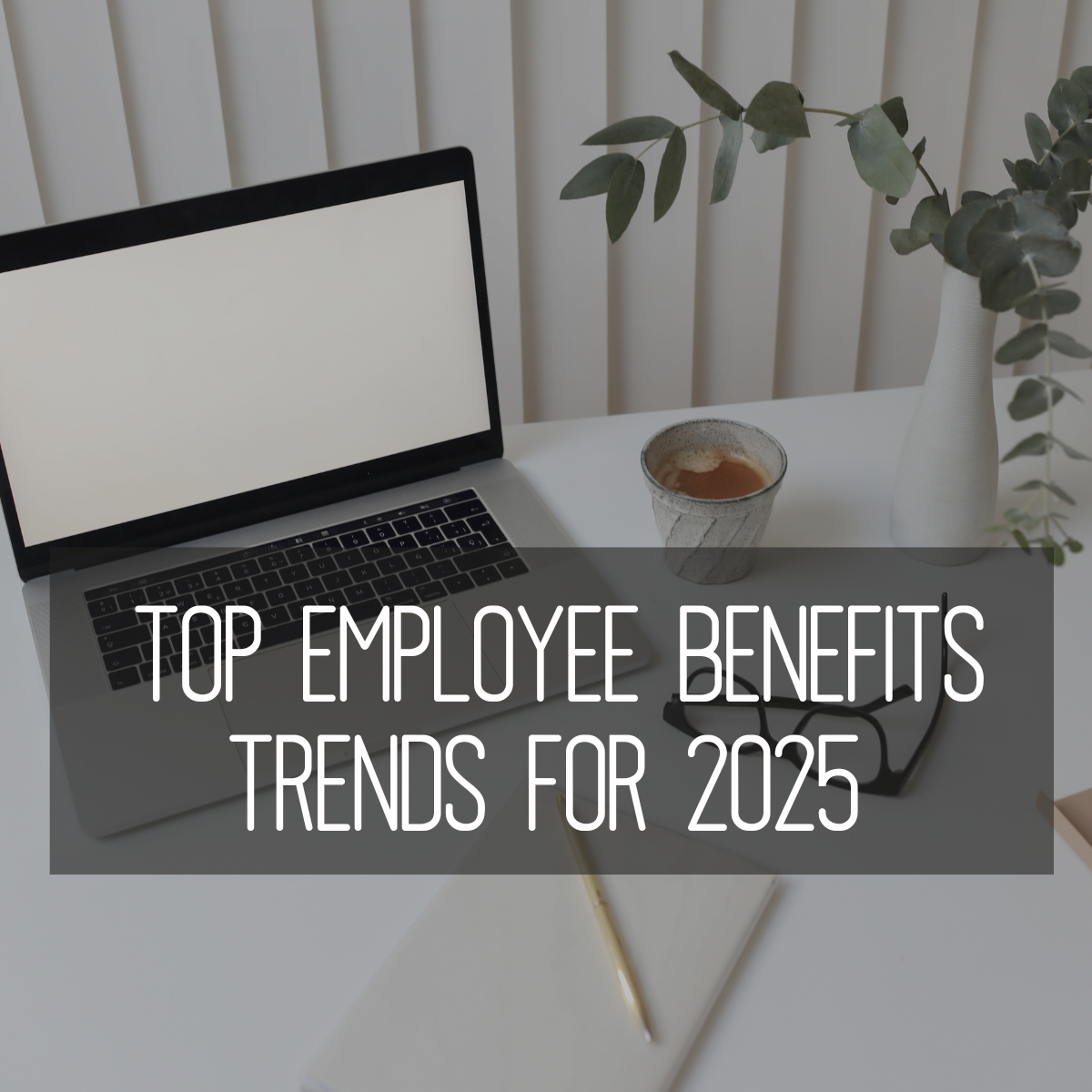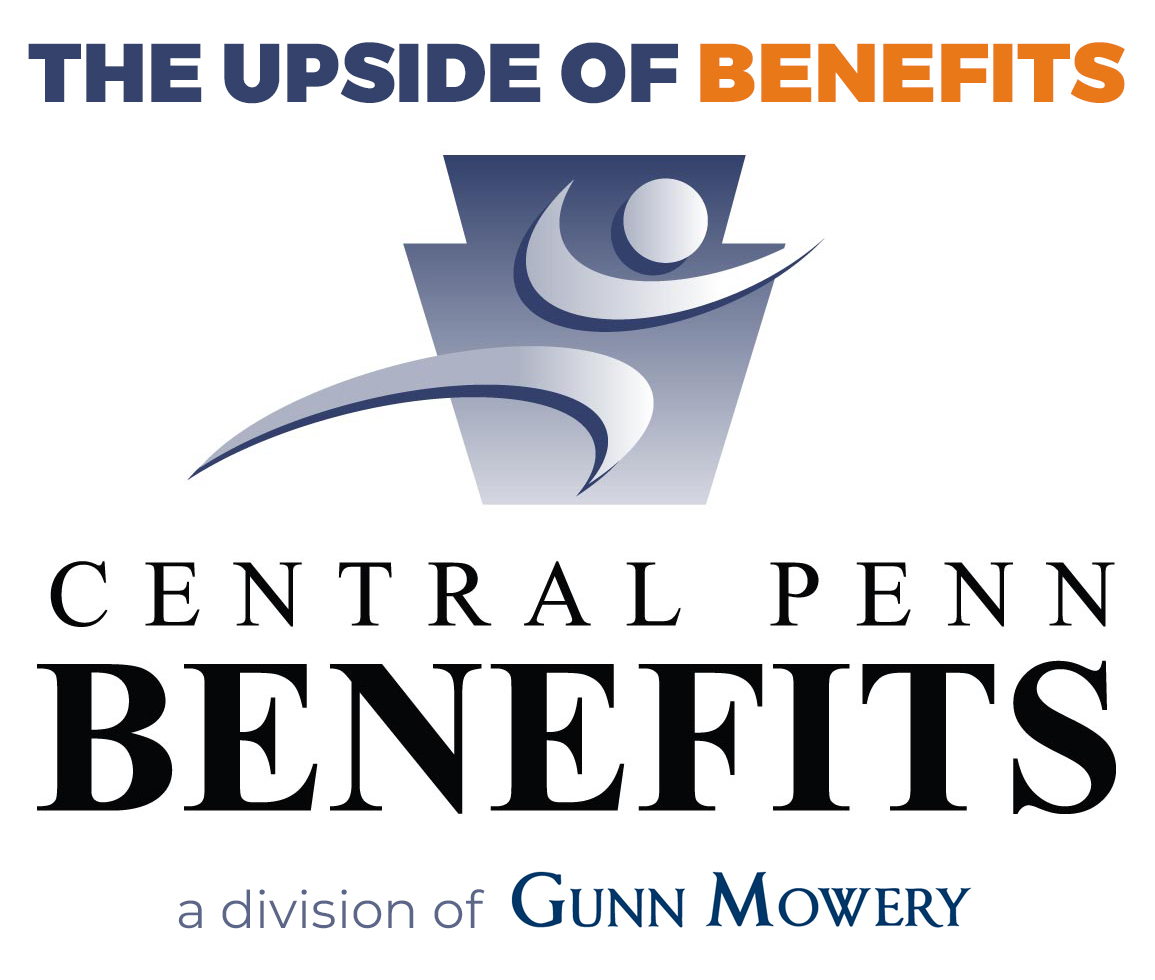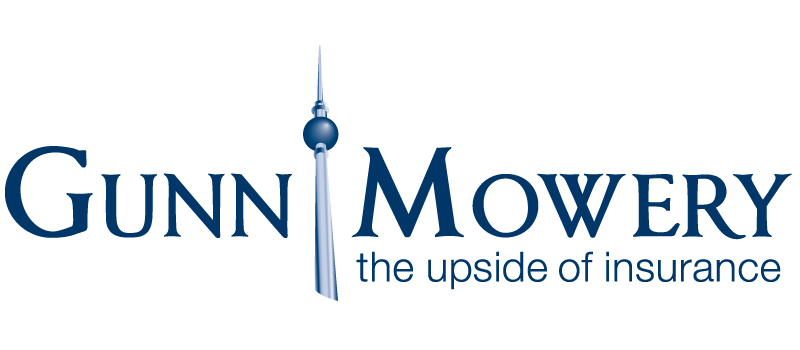Author: Central Penn Benefits Admin
-

More Than Just a Pretty Smile: The Impact of Oral Health
Did you know that your oral health can have a significant impact on your overall health? It’s true! Your mouth offers clues about your general well-being. Good dental hygiene can help improve your overall health. As a bonus, maintaining good oral health can even REDUCE your healthcare costs! Your Mouth: A Window to Your Health…
-

Building a Financially Healthy Workforce
Financial stress is a silent epidemic plaguing workplaces everywhere. It impacts employees at all levels, leading to decreased productivity, lower morale, and increased absenteeism. But there’s good news: employers hold the key to building a financially healthy workforce. Stress and Financial Well-Being Cultivating your employees’ financial well-being is a necessity in creating a productive and…
-

Gen Z at Work: The Rise of Conscious Unbossing
Conscious unbossing is the latest phrase to enter the workplace lexicon. It sits somewhere between quiet quitting and bare minimum mondays in the proverbial dictionary being written by Generation Z workers on the screens of social media. Better known as Gen Z, this generation was born between 1997 and 2012. They began entering the workforce around 2020. Having grown up amid…
-

Beyond Open Enrollment: Engaging Employees with Benefits
Most organizations treat employee benefits like a seasonal event. Open enrollment brings a flurry of activity – emails, seminars, and even benefits fairs. However, communication often dwindles after this initial push, leaving employees confused and underutilizing their valuable benefits. This is a missed opportunity. Research shows that employees crave more benefits education, spending hours researching…
-

The Heart of the Matter: Your Guide to Cardiovascular Wellness
February is American Heart Month, a time to raise awareness about cardiovascular health and how to keep your heart in top condition. Are you taking steps to protect your heart? You can actively reduce your risk for heart disease by adopting a healthy diet, staying physically active, and managing your cholesterol and blood pressure. Heart…
-

ACA Reporting Deadlines for 2025: What You Need to Know
For employers subject to the Affordable Care Act (ACA), staying compliant with reporting requirements is non-negotiable. With 2025 due dates just around the corner, now is the time to prepare for distributing Forms 1095-C to employees and filing with the IRS. These forms provide essential information about health coverage offered to employees and are critical…
-

Top Employee Benefit Trends for 2025
Employee benefits are the indirect and non-cash compensation paid to an employee. These benefits are given to employees over their salaries and wages. As we look ahead to 2025, companies are increasingly exploring innovative solutions to address the evolving needs of their workforce. Driven by shifts in work environments, economic challenges, and technological progress, the…
-

Your HSA: A Beginner’s Guide
New to a Health Savings Account (HSA)? Here’s What You Need to Know As the name suggests, a Health Savings Account(HSA) is a special savings account used to pay for healthcare-related expenses. An HSA has potential financial benefits for now and later. Not only can you save pre-tax dollars in this account to pay for qualified…
-

Reducing Rising Healthcare Costs in 2025
Healthcare costs are projected to rise significantly in 2025. To mitigate these increases, consider these tips: Staying informed about your health care benefits—including the fine print—can help you save money. By taking these steps, you can help to manage your healthcare costs and protect your financial well-being.
-

2025 Employee Benefits Limits: What You Need to Know
Many employee benefits are subject to annual dollar limits that are adjusted for inflation. For 2025, most of these limits have increased. However, some limits, such as those for dependent care Flexible Spending Accounts (FSAs) and Health Savings Account (HSA) catch-up contributions, remain unchanged. Key Benefit Limits for 2025: Health Savings Account (HSA) Contributions Important…

